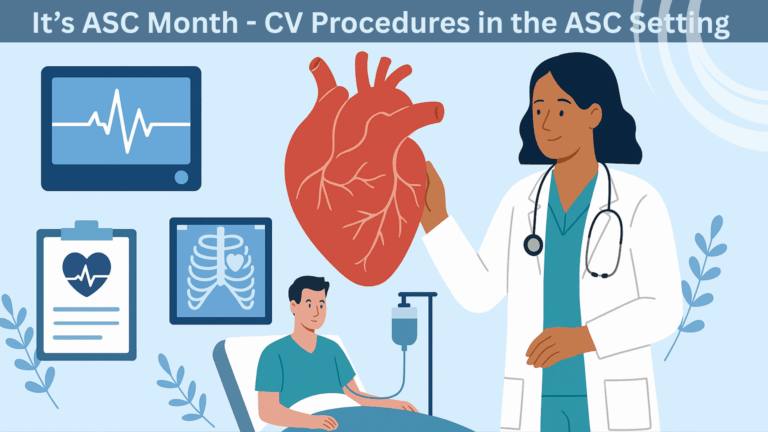Every few years we seem to “shuffle the deck” at the Corazon office with moves of individuals closer to their core work group members. On Friday, as I prepared for my Monday office move, I was looking through old files for the opportunity to purge! I scanned though a file of articles I had authored over the years, and copies of ones written by others in which I was quoted. I came across one from the May/June 2008 issue of Cardiovascular Business entitled “Coronary CTA: Drafting the Strategic Plan”. The article authored by the Editor C. P. Kaiser and was the cover story of the issue.
(View at https://www.cardiovascularbusiness.com/topics/cardiovascular-imaging/coronary-cta-drafting-strategic-plan.)
The 2008 article was a fascinating flashback to a time when entrepreneurial cardiologists were adding CT scanners to their practice imaging “tool-kit.” Hospitals were working to understand how to incorporate the Coronary CTA technology and clinical advancement, and to partner with their physicians rather than compete for these diagnostic procedures.
In the article, I was quoted that the adoption of CTA was a very strategic decision and much more than simply an equipment purchase. I posed several important aspects to consider:
- Where will the scanner be located?
- Who will buy it?
- Who will read the studies?
- What competency and credentialing criteria will be used?
What struck me was that these same questions are still very highly relevant with any new strategy execution that includes the addition of new technology. An important point that I tried to emphasize in the article was the importance of a thorough business plan before a commitment to purchase. And that advice still holds true.
The industry certainly has come a long way in the last 13 years in the adoption of coronary CTA as a diagnostic tool for stable coronary artery disease. A February 2021 reference to a consensus document from the Society of Cardiovascular Computed Tomography (SCCT) for the use of CCTA is provided for your review. (https://www.diagnosticimaging.com/view/scct-releases-new-guidance-on-coronary-cta)
Th other thing that struck me about the article was the information and quotes from Tim Attebery, who at the time was involved with the CCTA Registry, and was president and CEO of CI3, a firm that provided training and education for Cardiovascular CT. At the time, Tim was “a friend of our firm,” and someone we looked to for insights and expertise. Again I say, what a difference 13 years makes! Tim has had an interesting healthcare career journey since then to say the least. I am pleased to say that Tim has recently joined the Corazon team, and has partnered with me on a recent project.
One of our strategic recommendations for the client was to leverage the use of low-dose CT (LDCT) for the identification of coronary artery calcium as an early indicator for the need for further cardiac evaluation. He speaks eloquently about the potential of this diagnostic tool and has real world-examples as to how it has been utilized in many markets for early disease identification. Whether LDCT for early identification of disease, to CCTA as a tool to determine more advanced disease…the CT scanner certainly has taken its place in the modern cardiac diagnostic armamentarium.
Who would have thought that an office move would provoke such a journey down memory lane! I may be a bit nostalgic, but I am grateful for all the advances in cardiac care delivery over the years and grateful for colleagues like Tim who continue to contribute and challenge the status quo to better patient care at client hospitals all over the country.

 company
company 
 (412) 364-8200
(412) 364-8200



























